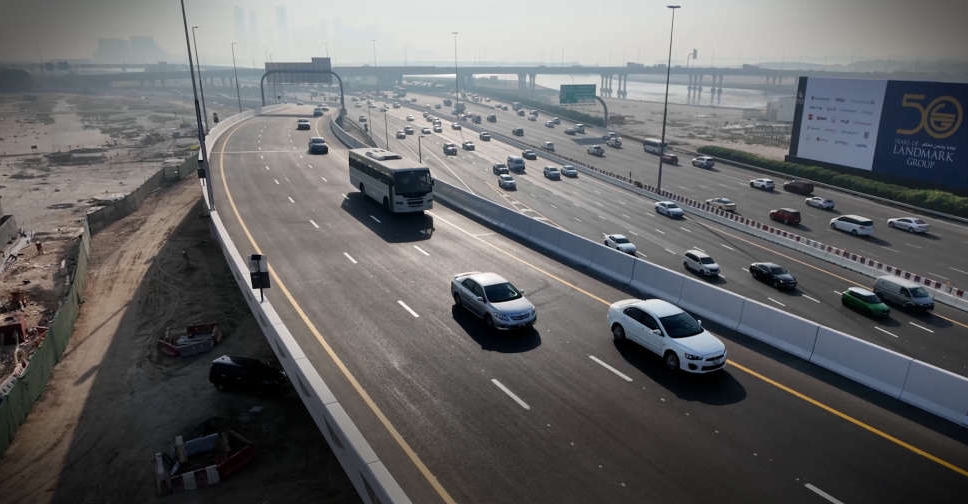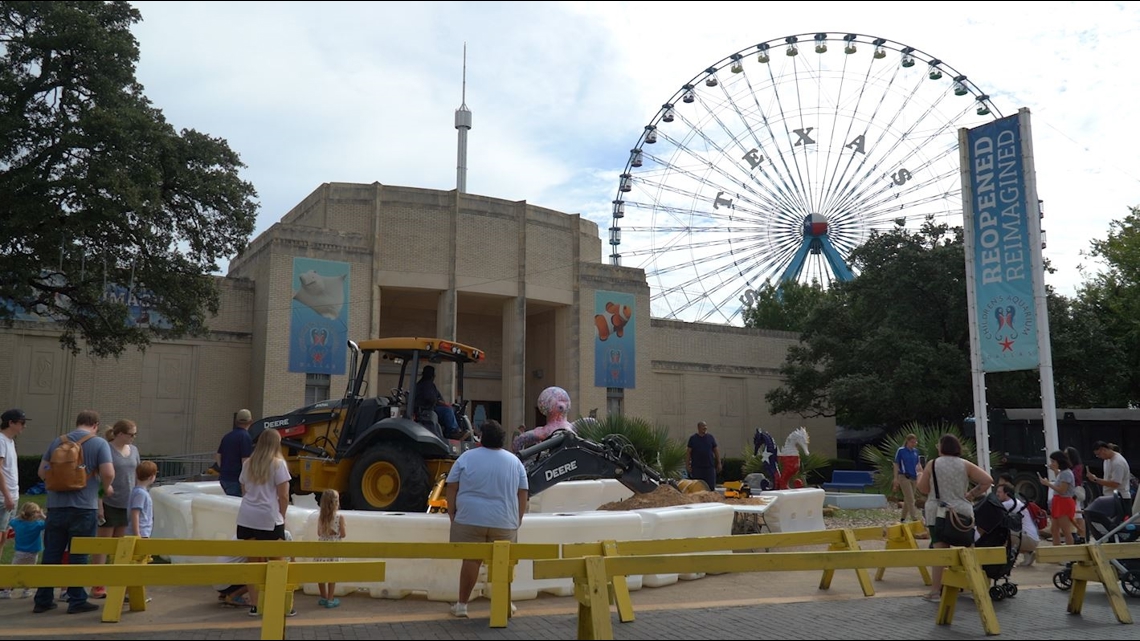Two Major Bridges Opened in Al Khail Road Development Project

Major Infrastructure Development: New Bridges Open on Al Khail Road in Dubai
In an exciting development for commuters in Dubai, the Roads and Transport Authority (RTA) has announced the opening of two significant bridges on Al Khail Road, aimed at easing traffic congestion and improving travel efficiency. The new bridges, located at Zaa’beel and Al Quoz 1, enhance connectivity in the direction of Jebel Ali and mark a substantial leap forward in Dubai’s ongoing commitment to infrastructure enhancement.
These newly completed bridges span an impressive 1,350 meters combined and boast a remarkable capacity of nearly 8,000 vehicles per hour. This upgrade is a crucial part of the broader Al Khail Road Development Project, which has now reached an advanced stage of completion at 80%. The project includes the construction of 3,300 meters of bridges and the widening of roads over a span of 6,820 meters, indicating a significant investment in the region’s transportation framework.
The updates are not isolated; they reflect a comprehensive improvement plan across seven key areas of Al Khail Road, including Al Jaddaf, Business Bay, Zaa’beel, Meydan, Al Quoz 1, Ghadir Al Tair, and the bustling Jumeirah Village Circle. This approach is in line with Dubai’s strategic vision to create a seamless and efficient transportation network that not only meets current needs but anticipates future demands.
Enhancing Traffic Flow and Reducing Travel Time
The primary objective of the Al Khail Road Development Project is multifaceted. It aims to alleviate traffic bottlenecks — a challenge that many urban centers face — while also improving the capacity of existing intersections and bridges to handle an additional 19,600 vehicles per hour. This ambitious effort is estimated to reduce travel time on this critical route by 30%.
Mattar Al Tayer, the Director General and Chairman of the Board of Executive Directors of RTA, emphasized the strategic significance of this project. “The Al Khail Road Development Project is a vital endeavor aimed at constructing parallel and supporting road corridors that connect to essential routes like Sheikh Zayed Road, Sheikh Mohammed bin Zayed Road, and Emirates Road,” Al Tayer stated. This enhancement is not only about improving the current infrastructure but is also designed to uphold the increasing demands of Dubai’s ever-growing population and economy.
With Al Khail Road functioning as a vital arterial route that stretches from the Business Bay Crossing to its intersection with Sheikh Mohammed bin Zayed Road, the road is designed to accommodate heavy traffic flow, consisting of five lanes in each direction and expanding to six lanes in certain sections.
Details of the New Bridges
The newly opened bridge at Zaa’beel plays a pivotal role in redirecting traffic from Zaa’beel Palace Street and Oud Metha Street onto Al Khail Road toward Jebel Ali. This bridge extends for 700 meters, with a robust design that accommodates three lanes and can handle up to 4,800 vehicles per hour.
Meanwhile, the bridge at Al Quoz 1 serves to link the bustling Al Meydan Street to Al Khail Road, again in the direction of Jebel Ali. This two-lane bridge is slightly shorter at 650 meters, allowing for a capacity of 3,200 vehicles per hour, thus ensuring that traffic moves more freely, reducing congestion during peak hours.
The Broader Impact on Transportation in Dubai
The Al Khail Road Development Project is part of a larger vision for Dubai’s urban landscape, which seeks to integrate various modes of transportation while accommodating an increasing population and expanding economic activities. As Dubai continues to grow, the demand for efficient transportation systems intensifies, making projects like these critical to maintaining the city’s reputation as a global hub.
The RTA’s ongoing commitment to improving public transport and the road network is aligned with Dubai’s broader strategic goals, particularly the Dubai 2040 Urban Master Plan. This plan envisions a more sustainable and connected city where residents can move seamlessly between different areas, whether by car, bike, or public transit.
Community Engagement and Future Developments
As the infrastructure improves, community feedback plays a crucial role in guiding future projects. The RTA has been actively engaging with the public to gather insights and concerns regarding transportation. This interaction ensures that developments are not only technologically advanced but also meet the real needs of the people who rely on them daily.
Looking ahead, the RTA is committed to continuing its work on the Al Khail Road Development Project and other related initiatives that promise to promote sustainable urban living. The combination of increased capacity, reduced congestion, and improved travel times will contribute to a more efficient city that can better handle the dynamics of urban life.
In conclusion, the opening of the Zaa’beel and Al Quoz 1 bridges marks a significant milestone in Dubai’s infrastructure plans, ushering in a new era of transportation efficiency. With ongoing improvements and a focus on future needs, Dubai reinforces its status as a forward-thinking city, dedicated to creating a well-connected and accessible environment for all. As this project progresses, residents can look forward to smoother commutes and a transportation network designed for the 21st century.





